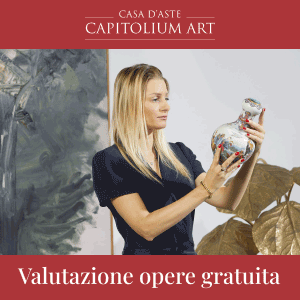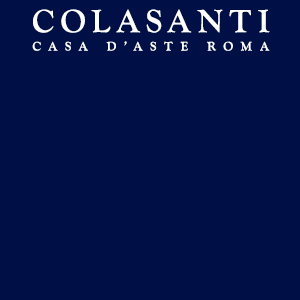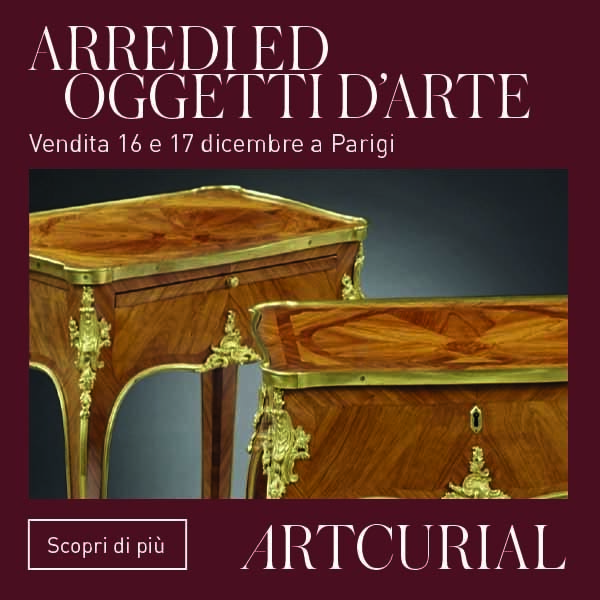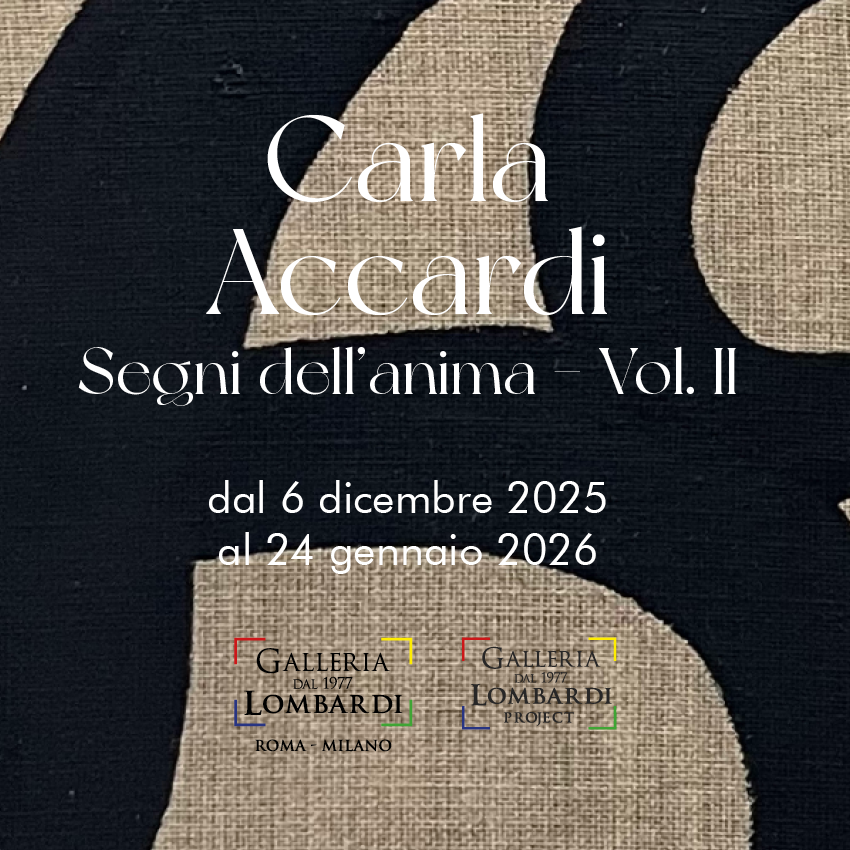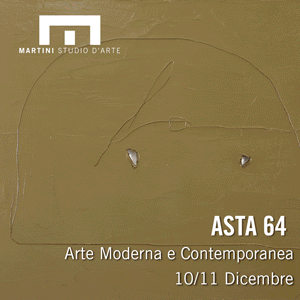CHRISTIE’S. Londra, 5 luglio 2012
La vendita serale dal titolo “The Exceptional Sale” ha realizzato £18,065,650 ($28,182,414/€22,473,669)con un venduto dell’85% per lotto e del 91% per valore. Il top lot dell’asta è stato il servizio per la cena Leinster venduto a £1,721,250 ($2,685,150/€2,141,235 – stima: £1.5/2 milioni) – nuovo record mondiale per un servizio inglese per la cena venduto all’asta. Quattro opere sono state vendute al di sopra del milione di sterline. Undici al di sopra del milione di dollari.
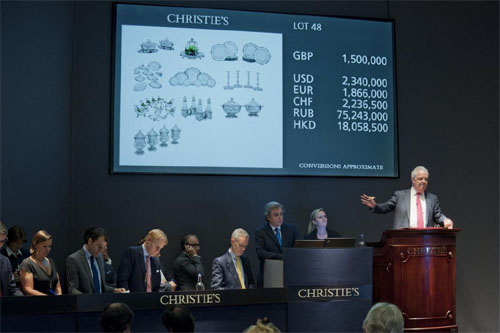
Robert Copley, Deputy Chairman Christie’s UK, International Head of Furniture and Decorative Arts, Christie’s London: “The strong results of this evening’s sale build on the success of this pioneering sales platform, first established at Christie’s in 2008. By presenting the best examples of decorative art at a dedicated evening auction, and by exhibiting these works alongside highlights of the Old Master, Impressionist, Modern and Contemporary art during the past three weeks, we have seen more and more international collectors appreciate and engage in this market. This evening we saw significant bidding from American, European and Asian collectors, which led to strong results with four lots selling for over £1 million. A world auction record was set for an English dinner service with the exceptional Leinster dinner-service which realised over £1.7 million. We were pleased that lot 39, a carved marble group representing Charity by Jan van Delen, was acquired by the Fondation Roi Baudouin who intend to return it to its original home; the Thurn und Taxis chapel of Notre Dame du Sablon in Brussels.”
Highlights of the auction:
– The top price was paid for the Leinster Dinner-Service which realised £1,721,250/$2,685,150/€2,141,235, (estimate: £1.5 million – 2 million), setting a world record price for an English dinner service sold at auction and doubling the previous record. Comprising 70 dinner plates, 18 soup plates, 29 dishes, 22 dish covers, 4 candlesticks, 11 salvers, 8 sauceboats and many other pieces, it is the grandest and the most complete surviving aristocratic service. Its cost far exceeded that of the Prince of Wales’ service and unlike so many it has remained almost intact. The Leinster Dinner-Service is rare, not only because of its survival but also because its commission is fully listed in the Gentleman’s Ledgers of its maker, the Royal goldsmith George Wickes. The service is in the Rococo style which was both highly fashionable and costly. The exceptional quality of the cast and chased ornament on, for example, the soup-tureens, epergne and plateau, together with the sheer quantity of silver used made the Leinster dinner-service the most costly of commissions.
– The exceptional Brand Cabinet, a George II ivory-mounted padouk medal-cabinet, circa 1743 realised £1,217,250/$1,898,910/€1,514,259 (estimate: £800,000-1,200,000). The cabinet was made for the wealthy young Dilettante Thomas Brand, who like many English milordi went on The Grand Tour, arriving in Rome in 1738. It is here that he probably purchased the ivory plaques that depict figures from Classical mythology such as Leda and the Swan. In 1743, the antiquarian Horace Walpole designed a cabinet for his ‘very intimate friend’ Brand, and one for himself, to house his precious ‘enamels and miniatures’. Brand’s cabinet remained at the family house, The Hoo, in Hertfordshire until it was first sold at Christie’s in 1938 for £262, 10 shillings.
– A Louis XV ormolu-mounted Chinese clair-de-lune celadon porcelain vase, the porcelain Qianlong (1736-95), the Ormolu mid-18th century, realised £1,161,250/$1,811,550/€1,444,595, more than doubling a pre-sale estimate of £300,000 to £500,000. The spectacular life-like mounts that embellish this vase can be attributed to Jean-Claude Chambellan Duplessis (d.1774) on stylistic grounds and based on the outstanding quality of cast and ciselure.
– Coming to auction for the first time, the Ogden Mills ‘Armoires à Six Medailles’ fetched £1,049,250/$1,636,830/€1,305,267 (estimate: £1,000,000–1,500,000). The armoires are lavishly decorated with spectacular gilt-bronze mounts that fuse seamlessly with the scrolling foliate pattern of the sumptuous ground of brass and tortoiseshell première and contre-partie marquetry. The Louis XIV armoire in contre-partie is attributed to André-Charles Boulle, while the late Louis XV in première partie is by Delorme. They are decorated to the doors with trails of medals celebrating the Life of Louis XIV as well as the figures of Aspasia and Socrates. Conceived initially with shelves to house collections of precious medals this series of armoires proved so successful it remained in production in Boulle’s workshop throughout the first half of the 18th century and was subsequently continued by Boulle’s followers.
– A pair of gilt-bronze-mounted carved marble busts of a male and female Moor, Italian, probably Venetian, second half 17th century realised £836,450/$1,304,862/€1,040,544 against a pre-sale estimate of £300,000 – 500,000. It is this combination of the exotic and the noble – even royal – which obviously fascinated the author of these busts. The white marble used for the turbans and drapery contrasts strongly with the black marble used for the skin passages. These are then enlivened by the addition of ormolu mounts – incorporating European decorative motifs – across the chest of each. The female sitter also has ormolu feathers and a jewelled pin on her turban while her male counterpart wears feathers and a crown.






